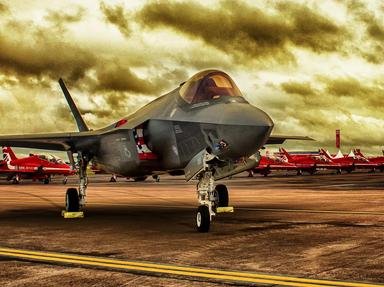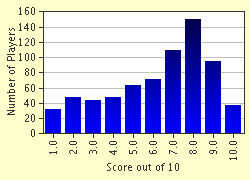Quiz Answer Key and Fun Facts
1. In the context of British fighting forces, what do the initials SAS stand for?
2. Where is the SAS home base or barracks located in the United Kingdom?
3. Which of the following is the SAS motto?
4. Who was the founder of the SAS?
5. Where did the infamous shooting of 3 IRA members occur on March 6th, 1988, that gained particular notoriety?
6. Since 1987, what has been the name of the amphibious counterpart to the SAS in the British Armed Forces?
7. What major terrorist attack in the early 1980s gave the SAS its greatest publicity to date?
8. It has apparently been documented that a number of SAS personnel have been present at virtually every major counter-terrorist operation involving a British-friendly country in recent memory. How many personnel are routinely deployed for such advisory assistance?
9. Where does most of the initial basic survival training of the SAS occur?
10. What is particularly curious about the use of the word represented by the A in SAS?
Source: Author
TemplarLLm
This quiz was reviewed by FunTrivia editor
gtho4 before going online.
Any errors found in FunTrivia content are routinely corrected through our feedback system.

